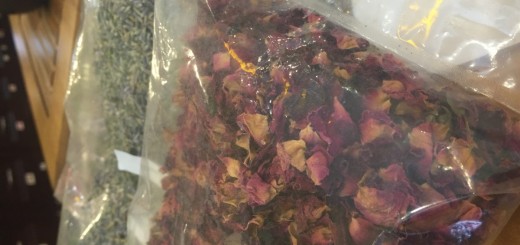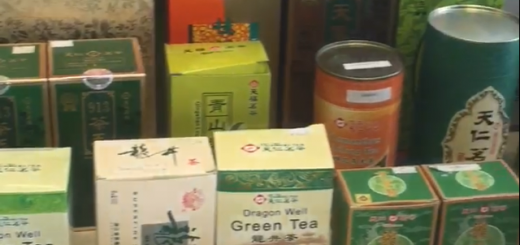The Plantation History and Contemporary Business of Tea
In our world, tea has served as both a point of unification and a symbol of revolution. Today, it is a subject of controversy in the ways it is grown and marketed. The history of tea includes many years of struggle and war, but modern day consumers are rarely concerned by more than the Geographical Indications (GI), fairtrade labels, and the taste of their tea, if at all. Behind every cup, there are plantation workers, diverse soils, and business people, all of which shape the way tea tastes.
The first plantation in India set its roots between 1847 and 1856, after the British failed to successfully cultivate tea on closer soils. Before then, China was the dominant supplier of tea to the UK. Most tea plantations in India are not more than 25 acres in size, staffed primarily by female plantation workers (who do the picking) and male supervisors. Jobs on the plantation, as well as homes, furniture, and other assets, have been and continue to be passed down through generations. Not many people move off of the land their parents were born on. There are many tea growing regions in India- Assam, Darjeeling, and Nilguri being the most prominent. The terroir of tea absolutely exists; just taste Assam tea next to Nilguri tea or consider the difference a few hours of oxidation can make (see the difference between green and black tea). Terroir can be used to cultivate an appreciation for the taste of any given place, thus inspiring an appreciation for food, food systems, and ecological protection of the lands we live on. However, terroir is being used as a marketing tool more than anything else at this point. It is not only the differences in the taste of teas by region that is being exploited, but also the marketing aspects. Billboards and logos fetishize the ‘delicate hands’ and ‘magic fingers’ of plantation workers.
Darjeeling tea is one of the most expensive teas on the market. However, workers are paid the least out of every tea growing region of India. Organizations such as “Fairtrade” are also detrimental to many plantation workers in the Darjeeling region. Plantation owners typically provide workers with daily pay (averaging approximately one dollar per day for about nine hours of work), as well as housing, medical care, a food stipend, and other necessities. Supervisors also used to give out loans in various situations and help with upkeep in the villages. Fairtrade has since swooped in and has begun to offer help with things such as ‘microloans’ in an attempt to ‘empower’ people to start their own businesses and spend these incomes locally. While their opportunities are offered with good intentions, they are very unrealistic in the environment that Darjeeling tea workers are in. On top of it all, plantation owners have begun to cut back on aid for workers after fairtrade organizations get involved, because they feel that the organization is taking care of the people so that they don’t have to. Because fairtrade isn’t serving much good in the first place, its presence is creating a financial void within the pockets of tea workers and their families.
It is important to communicate with the workers of these plantations and ask what we, as consumers, can do to help, if they even want and/or need help. Awareness is key in situations like these, so talking with the people around you about the benefits and detriments of GI and Fairtrade is the first step. Some organizations do more harm than good in the tea industry; being weary of who you are actually supporting when you see labels such as fairtrade, GI, and organic is paramount. Realizing that these organizations, these somethings, as Sarah Besky puts it, do not exist in place of nothing; they are taking up the space of what was once the way someone’s life functioned. Who are we, as consumers, to decide what is helpful to the plantation workers of Darjeeling? The next time you sip your tea, keep in mind the colorful history, modern marketing techniques, and the influence these things have on the people who tended to the tea plants.
Written By Sophie Tuchel. Edited by Alana Mousseau.





